Proposed Title :
FPGA Implementation of Comparative Analysis of Vedic Multiplier using Nikhilam sutras with Urdhava Tiryakbhyam sutras
Proposed System:
- Added BEC in Nikhilam sutras
- Compared Urdhava Tiryakbhyam sutras with Nikhilam sutras
Software implementation:
- XILINX – HDL Implementation

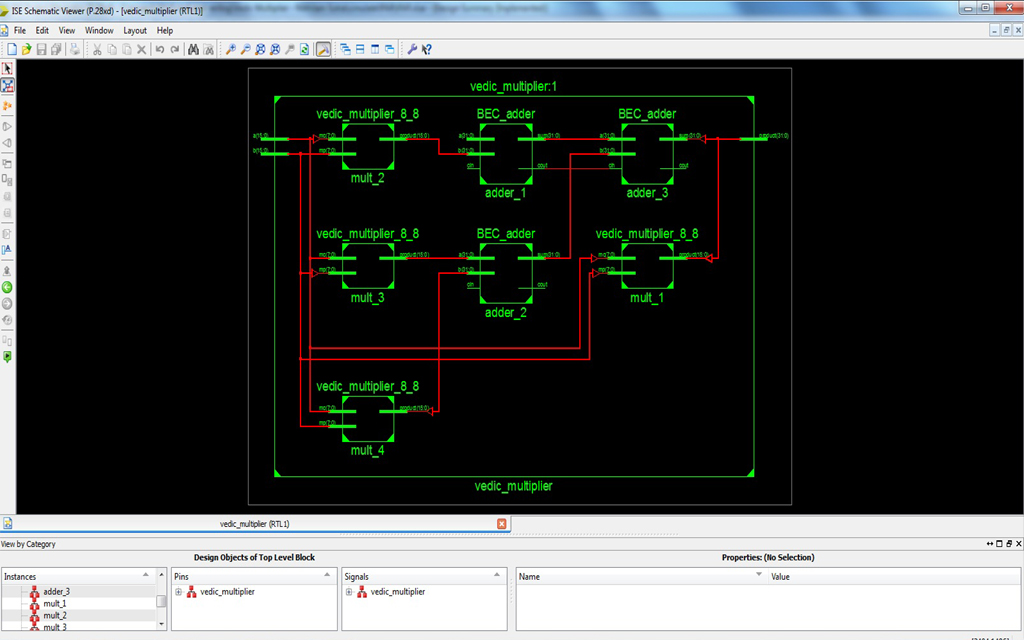
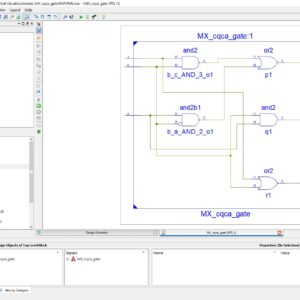
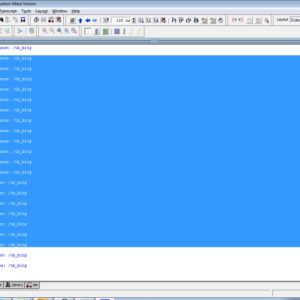
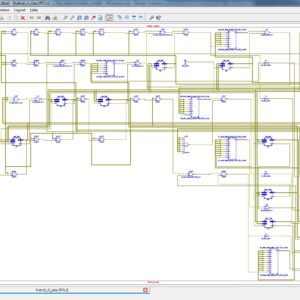
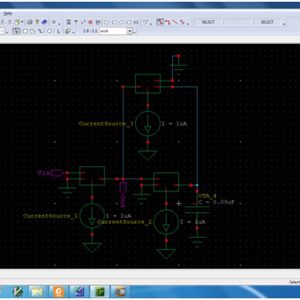
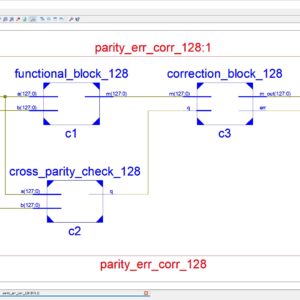
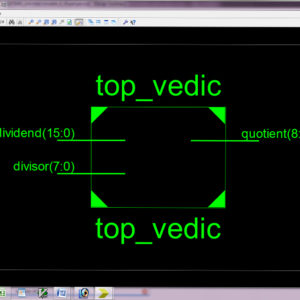
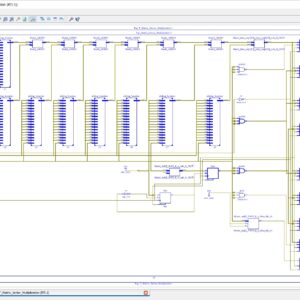
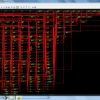

Reviews
There are no reviews yet.